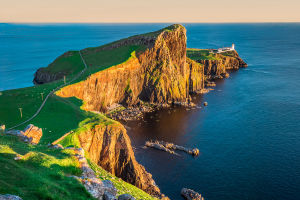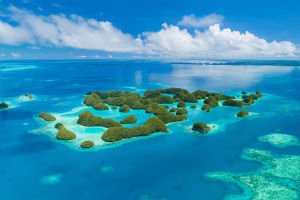Imagine standing where the mountains plunge dramatically into the sea, under skies that dance with the Northern Lights or glow softly in endless summer twilight.
The Lofoten Islands, an archipelago in Northern Norway, offers a blend of raw nature and charming fishing villages few places in the world can match.
But here's the thing—most travelers only scratch the surface. Beyond the famous postcard views, Lofoten challenges you to slow down and experience its unique rhythms. Let's explore one deep insight that can transform your trip: how Lofoten's nature rhythms guide your travel pace for a truly memorable visit.
The Power of Slow Travel in Lofoten's Wild Landscape
Unlike fast-paced city tourism, Lofoten invites a different approach. The islands' geography and climate encourage a rhythm that's slower, more deliberate, and deeply connected to nature.
1. Weather dictates your day, not the clock.
Lofoten's weather changes quickly—sunny mornings can turn to mist or rain by afternoon. Instead of fighting the elements, adapt your plans. Take early hikes when skies are clear, and use cloudier hours to explore museums, local shops, or cozy cafés.
2. Long daylight changes your energy.
From mid-May to July, the midnight sun bathes Lofoten in 24 hours of light. This can be thrilling but exhausting if you push too hard. Instead, embrace rest during the bright "night" hours and start your adventures fresh the next day.
3. Northern Lights slow you down, too.
In winter, chasing the Aurora Borealis requires patience and stillness. Often you wait quietly in the cold for hours, tuning into the silence and the sky's subtle shifts. This patience becomes part of the experience itself.
Top Must-See Attractions and Practical Info
To make the most of your visit, here are key spots that align with this slower, nature-focused approach:
1. Reine Village:
This fishing village is arguably Lofoten's heart. The iconic red rorbu cabins, framed by towering peaks, are a photographer's dream. Access is free; strolling through is the best way to appreciate its charm. Plan to visit early morning or late evening for the softest light.
2. Kvalvika Beach Hike:
This 3.7-mile (6 km) round trip hike takes about 2–3 hours and offers a secluded Arctic beach surrounded by steep cliffs. It's best done in calm weather, so check local forecasts before heading out. No entrance fee.
3. Lofotr Viking Museum:
For a cultural break, this museum in Borg offers a glimpse into Viking life with reconstructed longhouses. Entry costs about $15 USD for adults. Open 10 AM to 5 PM, but hours vary by season.
Getting There and Around
Lofoten is accessible but requires some planning.
1. Fly:
The main airports are Leknes (LKN) and Svolvær (SVJ), with connections from Oslo and other Norwegian cities. Flights start around $150 USD one way if booked in advance.
2. Drive:
Car rental is recommended to explore at your own pace. Roads are well-maintained but narrow and winding. Fuel costs can be high—expect $7–8 USD per gallon.
3. Public transport:
Buses connect major villages but are infrequent, making them less ideal for tight schedules.
Tips to Align with Lofoten's Pace
1. Pack layers and waterproof gear.
Weather shifts fast. Breathable, quick-drying clothes keep you comfortable whether hiking or just wandering town.
2. Book accommodation early, especially in summer.
Popular cabins and guesthouses fill quickly. Prices range from $120 to $250 USD per night.
3. Don't over-schedule.
Plan 1–2 activities per day with buffer time to relax or change plans according to weather.
Why This Matters
Many visitors to Lofoten return home feeling they missed its true magic because they rushed through. The islands aren't just a place to tick off a list—they're an invitation to slow down, listen, and connect.
By letting nature's rhythms lead, you'll find yourself noticing the small wonders: the play of light on the fjords, the quiet of a misty morning, the simple joy of a freshly caught fish meal at a local café.
So, next time you think about Norway, ask yourself—are you ready to slow down and let the Arctic shape your journey? If you've experienced travel where time stretched and you noticed details others missed, share your story. Lofoten might just be the next chapter.


